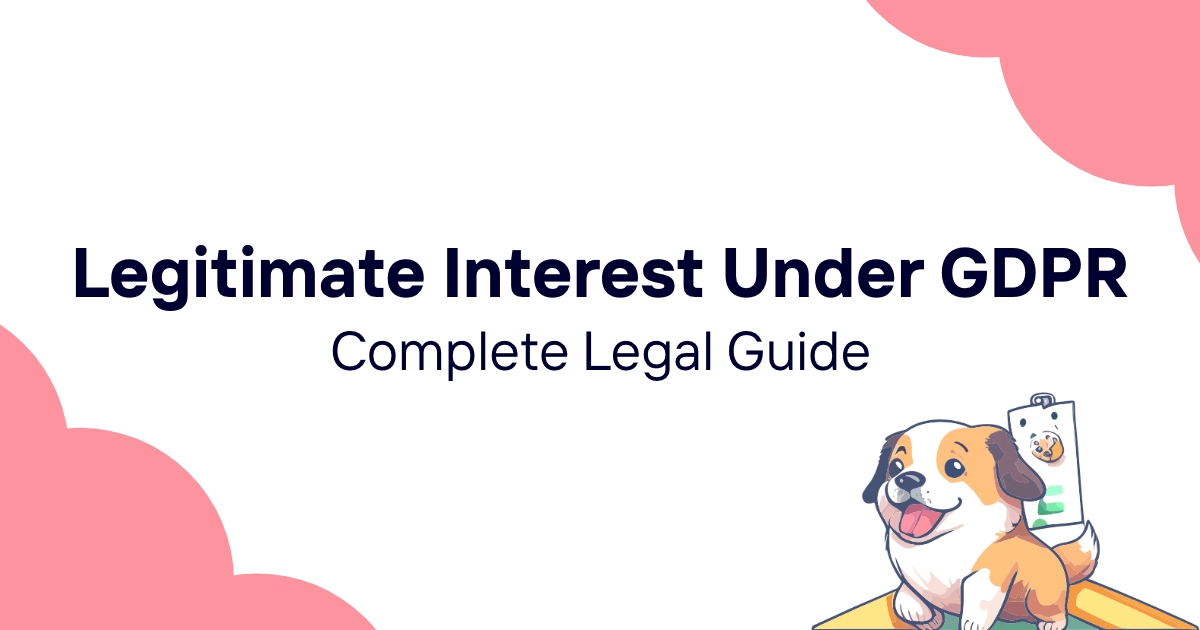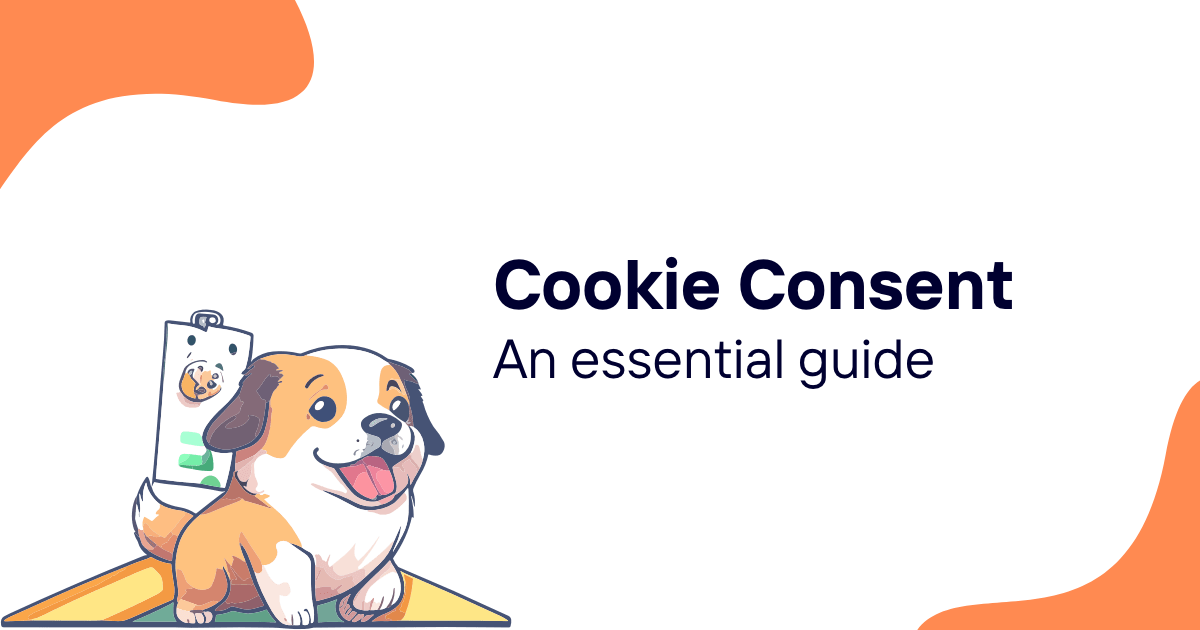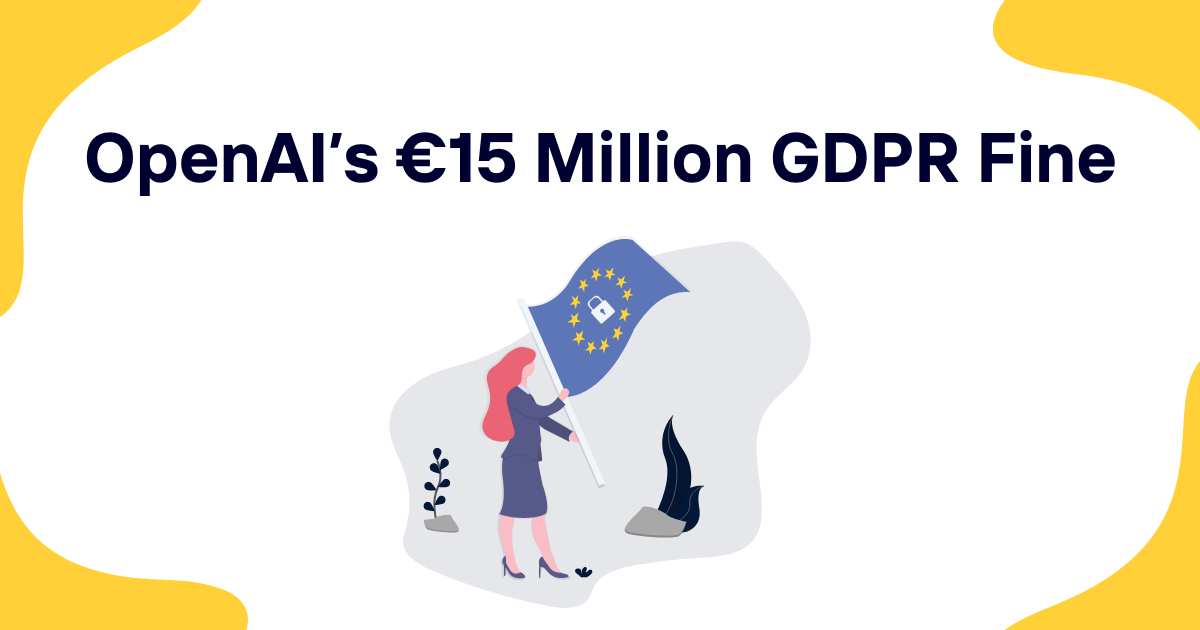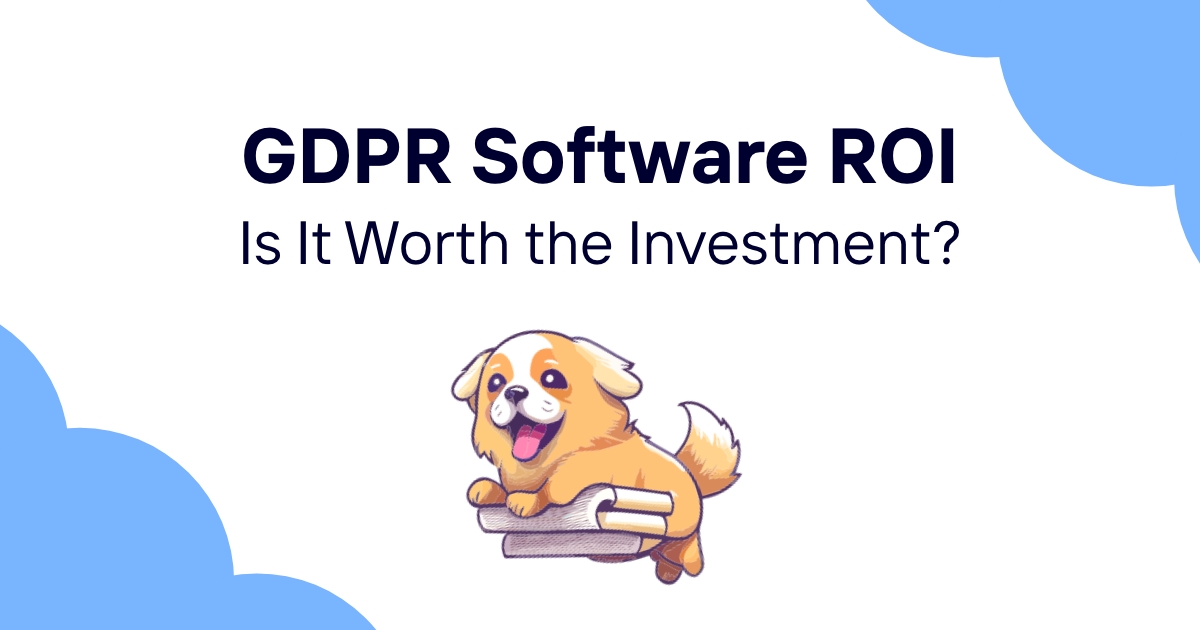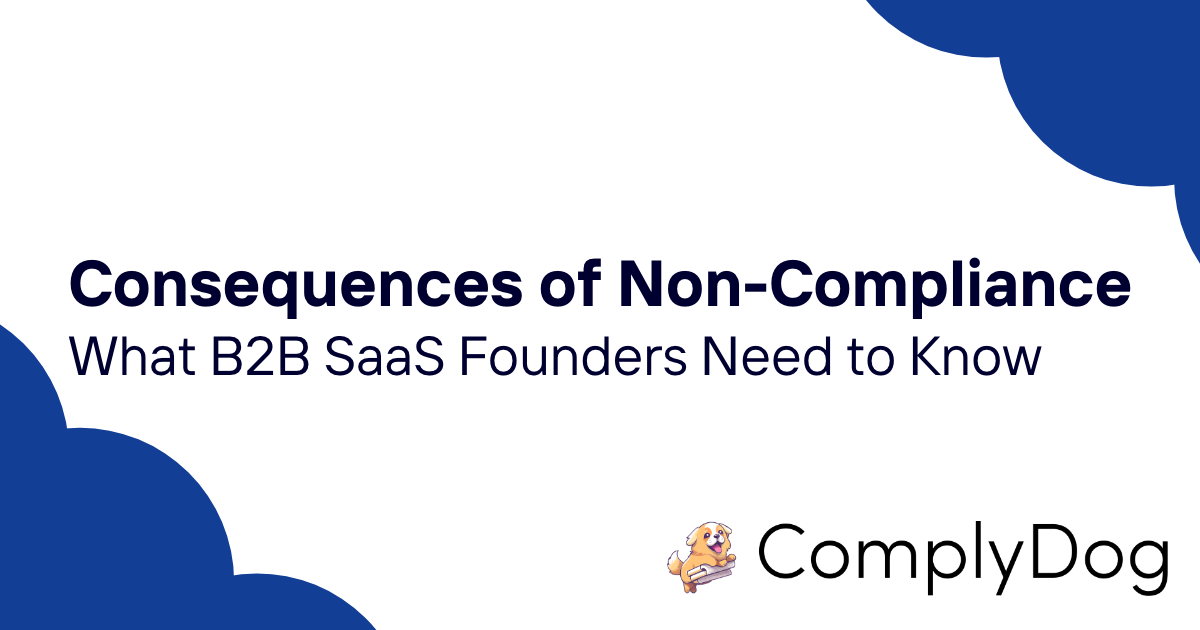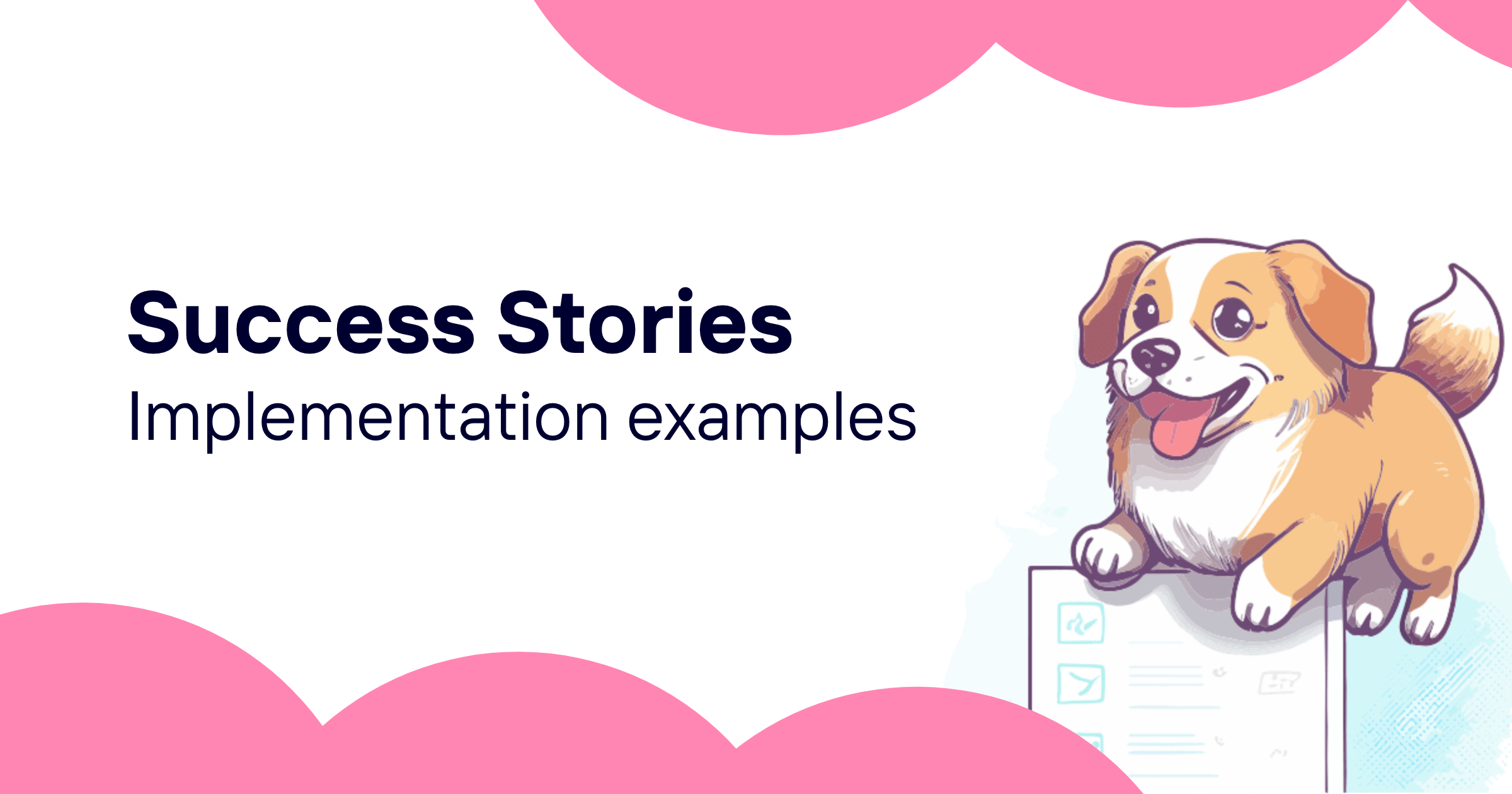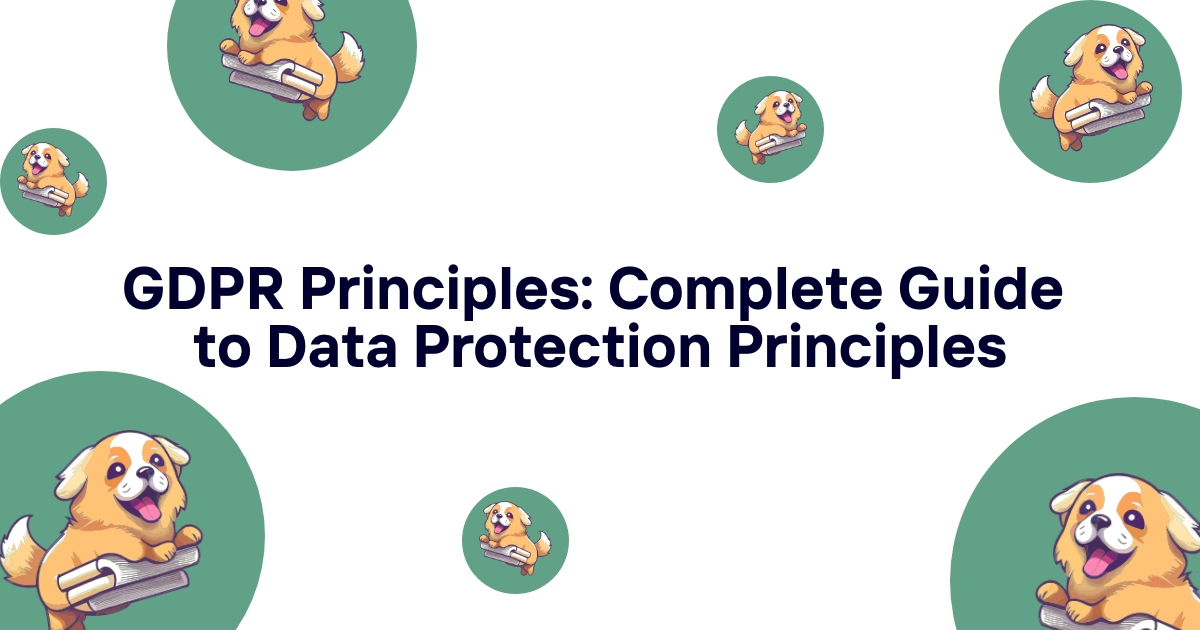Legitimate interest is the most flexible GDPR legal basis, but also the most misunderstood. Many organizations either avoid it entirely or use it incorrectly, missing opportunities for compliant data processing.
Unlike consent, legitimate interest doesn't require asking permission, but it demands rigorous assessment and balancing of interests. Get it wrong, and you're processing personal data illegally with all the compliance risks that brings.
This guide explains exactly how to use legitimate interest correctly, with assessment frameworks, documentation requirements, and practical examples that help you make confident legal basis decisions.
What is Legitimate Interest Under GDPR?
Legal Foundation and Definition
Article 6(1)(f) of GDPR allows processing when "necessary for the purposes of the legitimate interests pursued by the controller or by a third party, except where such interests are overridden by the interests or fundamental rights and freedoms of the data subject."
This legal basis requires three elements: a legitimate interest, necessity for that interest, and a favorable balancing test. All three conditions must be met before you can rely on legitimate interest.
Legitimate interest applies only to lawful purposes that don't violate other laws or fundamental rights. Commercial interests are legitimate, but they must be balanced against individual privacy rights.
Scope and Limitations
Legitimate interest cannot be used for processing special category data like health information, racial data, or political opinions. These sensitive data types require explicit consent or other specific legal bases.
Public authorities cannot use legitimate interest for processing activities performed in carrying out their official tasks. Government agencies need different legal bases for most public sector processing.
Direct marketing represents the most common legitimate interest use case, specifically mentioned in GDPR recitals as an example of potentially legitimate interest.
Relationship to Other Legal Bases
Legitimate interest often works better than consent for business-to-business processing where ongoing consent management creates practical difficulties.
Unlike consent, legitimate interest doesn't require renewal or refresh, but it does require ongoing monitoring to ensure the balancing test remains favorable.
Contract performance and legal obligation often provide clearer legal bases than legitimate interest when those grounds apply to your processing activities.
Legitimate Interest Assessment Process
Three-Part Test Framework
The legitimate interest assessment follows a structured three-part evaluation: purpose test, necessity test, and balancing test. Each element requires separate analysis and documentation.
Purpose test asks whether your interest is legitimate under law and acceptable in a democratic society. Commercial interests usually qualify, but the interest must be specific and clearly articulated.
Necessity test evaluates whether the data processing is actually needed to achieve your legitimate interest. Less intrusive alternatives might satisfy your needs with lower privacy impact.
Balancing test weighs your legitimate interest against individual privacy rights and freedoms. This most complex element determines whether legitimate interest can be used.
Initial Assessment Documentation
Document your specific legitimate interest with enough detail to explain why it matters to your organization. Vague interests like "business operations" don't provide sufficient justification.
Identify exactly what personal data you need to process and why alternative approaches wouldn't achieve your legitimate interest effectively.
Consider the data subject's reasonable expectations about how their data might be used in the context where you collected it.
Ongoing Monitoring Requirements
Legitimate interest assessments aren't one-time exercises. Regular reviews ensure the balancing test remains favorable as circumstances change.
Monitor data subject objections and complaints to identify situations where individual interests might outweigh your legitimate interest.
Update assessments when processing purposes expand, data types change, or new privacy risks emerge that affect the balance of interests.
Balancing Test Requirements
Individual Rights and Interests
Evaluate the potential impact on data subjects including privacy intrusion, inconvenience, and potential harm from your processing activities.
Consider vulnerable populations who might be more affected by data processing, such as children, elderly individuals, or people in dependent relationships.
Assess whether data subjects have control over their personal data and meaningful choices about how it's used.
Organizational Interests
Quantify your legitimate interest where possible to demonstrate its importance to your operations, customers, or society more broadly.
Document business benefits, customer value, or public interest served by the processing to support your legitimate interest claim.
Consider whether the processing enables you to provide services, prevent fraud, ensure security, or achieve other beneficial outcomes.
Balancing Factors
Data minimization strengthens legitimate interest claims by showing you're processing only what's necessary for your specific purpose.
Transparency and clear privacy notices help tip the balance in your favor by ensuring data subjects understand and can anticipate your processing.
Technical and organizational safeguards that protect personal data reduce privacy impact and support favorable balancing outcomes.
Impact Severity Assessment
Evaluate potential consequences for individuals if your processing causes problems like data breaches, discrimination, or unwanted contact.
Consider cumulative effects when multiple organizations use legitimate interest for similar processing that collectively impacts individuals.
Assess whether your processing could lead to automated decision-making or profiling that significantly affects data subjects.
Documentation and Record Keeping
Assessment Documentation Requirements
GDPR Article 30 requires maintaining records of processing activities including legal basis justification. Legitimate interest assessments form part of this documentation.
Document each element of the three-part test with enough detail to demonstrate thorough analysis and support your conclusions.
Include consideration of alternative approaches and explanation of why other legal bases aren't appropriate for your processing.
Decision Audit Trail
Record who participated in the legitimate interest assessment and when the evaluation was completed. This accountability trail supports compliance demonstrations.
Document any disagreements or alternative viewpoints considered during the assessment process to show thorough evaluation.
Maintain version control for assessment updates so you can track how your analysis evolved over time.
Regulatory Communication
Prepare summaries of legitimate interest assessments that can be shared with regulatory authorities if requested during investigations or audits.
Ensure documentation uses clear language that non-specialists can understand, avoiding internal jargon or overly technical explanations.
Include references to relevant GDPR provisions, regulatory guidance, and case law that support your legitimate interest analysis.
Review and Update Procedures
Establish regular review schedules for legitimate interest assessments to ensure they remain current and accurate.
Document triggers that require immediate assessment updates, such as data subject complaints, processing changes, or new privacy risks.
Maintain records of review activities to demonstrate ongoing attention to legitimate interest compliance.
Common Legitimate Interest Scenarios
Business-to-Business Marketing
Direct marketing to business contacts often qualifies for legitimate interest when you have existing business relationships or relevant commercial connections.
Cold marketing to businesses can use legitimate interest if you have specific reasons to believe the recipients would be interested in your products or services.
Account-based marketing targeting specific companies or roles typically satisfies legitimate interest requirements when properly assessed and documented.
Fraud Prevention and Security
Processing personal data to prevent fraud, ensure payment security, or protect against cybersecurity threats usually qualifies as legitimate interest.
Identity verification and risk assessment processing typically pass balancing tests because they protect both organizations and other customers.
Security monitoring and incident detection often rely on legitimate interest, especially when protecting critical systems or sensitive data.
Analytics and Research
Website analytics using tools like Google Analytics can rely on legitimate interest when properly configured with privacy protections.
Market research and product development analytics often qualify for legitimate interest when they don't create individual profiles for marketing purposes.
Internal research to improve services or understand customer needs typically satisfies legitimate interest requirements with appropriate safeguards.
Customer Service and Support
Processing data to provide customer support, handle complaints, or improve service quality often uses legitimate interest as the legal basis.
Contact management and communication history processing typically qualify when they support ongoing customer relationships.
Service improvement analysis can rely on legitimate interest when it benefits customers and doesn't create disproportionate privacy risks.
Data Subject Rights and Legitimate Interest
Right to Object
Data subjects have absolute right to object to processing based on legitimate interest for direct marketing purposes. You must stop such processing when individuals object.
For other legitimate interest processing, data subjects can object based on their particular situation. You must assess whether their interests override your legitimate interest.
Provide clear information about objection rights in privacy notices and simple methods for individuals to exercise these rights.
Right to Information
Privacy notices must clearly explain your legitimate interest and how you conducted the balancing test. Generic explanations don't satisfy transparency requirements.
Explain the specific benefits individuals or society receive from your processing to help them understand why you believe legitimate interest applies.
Describe safeguards and controls that protect individual privacy while pursuing your legitimate interest.
Other Individual Rights
Data subjects retain rights to access, rectification, and erasure even when processing relies on legitimate interest, subject to legal and practical limitations.
Portability rights generally don't apply to legitimate interest processing unless the same data is also processed based on consent or contract performance.
Restriction rights allow individuals to limit processing while you assess objections or verify accuracy of personal data.
Objection Assessment Process
When individuals object to legitimate interest processing, conduct fresh balancing tests that consider their specific circumstances and concerns.
Document your assessment of objections and explain decisions to continue or stop processing based on updated balancing analysis.
Consider partial restrictions or additional safeguards as alternatives to completely stopping processing when individual concerns can be addressed.
Legitimate Interest vs Consent
When to Choose Each Legal Basis
Use consent when individuals have genuine choice about whether processing occurs and when you can easily obtain and manage consent over time.
Choose legitimate interest when processing is necessary for business operations and obtaining consent would be impractical or inappropriate.
Consider consent for processing that clearly benefits individuals, such as personalized services or optional features they request.
Practical Implementation Differences
Consent requires active opt-in mechanisms and ongoing consent management systems to handle withdrawals and renewals.
Legitimate interest needs robust assessment processes and objection handling procedures but doesn't require initial permission.
Consent creates ongoing compliance overhead for management and documentation, while legitimate interest requires thorough upfront assessment.
Risk and Flexibility Considerations
Consent provides clearer legal certainty when properly obtained and managed, but creates business risks when individuals withdraw consent.
Legitimate interest offers more business continuity but requires stronger justification and carries higher regulatory scrutiny risks.
Consider hybrid approaches where different processing activities use different legal bases based on their specific purposes and circumstances.
Best Practices and Compliance Tips
Assessment Quality Standards
Engage legal counsel for complex legitimate interest assessments, especially when processing involves sensitive contexts or vulnerable populations.
Include diverse perspectives in assessment teams to identify potential biases or blind spots in your legitimate interest analysis.
Use structured assessment templates that ensure consistent evaluation across different processing activities and time periods.
Technical and Organizational Safeguards
Implement privacy by design principles that build protection into systems from the beginning rather than adding privacy controls later.
Use data minimization to process only personal data that's actually necessary for your specific legitimate interest.
Deploy access controls, encryption, and monitoring systems that reduce privacy risks while pursuing legitimate interests.
Stakeholder Communication
Train staff on legitimate interest principles so they understand when and how this legal basis can be used appropriately.
Develop clear communication materials that explain your legitimate interest processing to data subjects in understandable language.
Engage with privacy advocacy groups and regulatory authorities to understand evolving expectations around legitimate interest use.
Regulatory Compliance
Stay current with regulatory guidance and enforcement decisions related to legitimate interest to ensure your practices align with authority expectations.
Participate in industry forums and professional associations that discuss legitimate interest best practices and regulatory developments.
Consider how legitimate interest assessments integrate with broader privacy initiatives including privacy impact assessments and employee training programs.
Continuous Improvement
Regular assessment reviews help identify opportunities to strengthen legitimate interest justifications or improve privacy protections.
Monitor data subject feedback and objection patterns to understand where your legitimate interest processing might need adjustment.
Learn from privacy incidents and regulatory enforcement to refine your legitimate interest assessment methodology over time.
Legitimate interest provides valuable flexibility for GDPR compliance when used correctly with proper assessment, documentation, and ongoing monitoring. Organizations that master legitimate interest can achieve business objectives while respecting individual privacy rights.
Building robust legitimate interest processes requires significant planning and expertise. Consider your compliance resource needs when planning legitimate interest implementations alongside other privacy initiatives like cookie compliance and staff training.
Ready to implement compliant legitimate interest processing? Use ComplyDog and access assessment templates, documentation tools, and guidance that support proper legitimate interest analysis and ongoing compliance management.
